- You are here:
- Home
- Support Visual Learning with Symbols
Support Visual Learning with Symbols
Underpinned by a Structured Educational and Language Framework
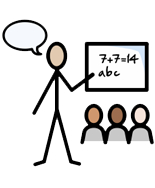
Try Widgit for free and learn how to use it in practice.
Get your 30-day trial Join a teacher webinarDevelop literacy, language and communication skills
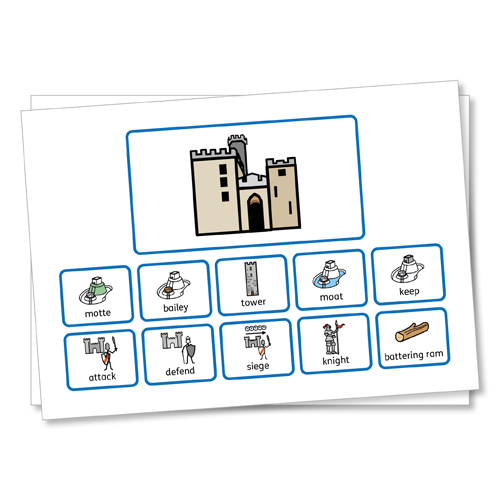
Extend Vocabulary in KS1
By creating vocabulary flashcards and sheets, you can help extend vocabulary and support independent writing and topic work.
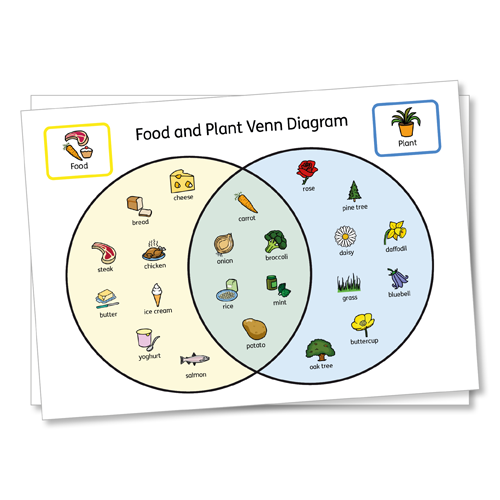
Access to Curriculum
By using symbols across a whole range of templates, you can increase access to the curriculum allowing children to be more independent.
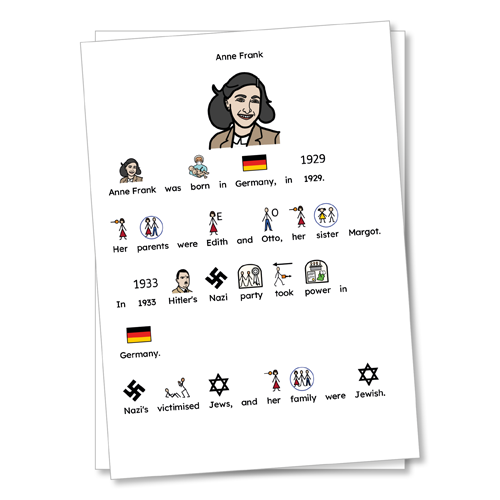
Support Literacy in KS2
You can create symbol-supported stories, model texts, worksheets, instructions and information sheets to support those with decoding and / or comprehension difficulties
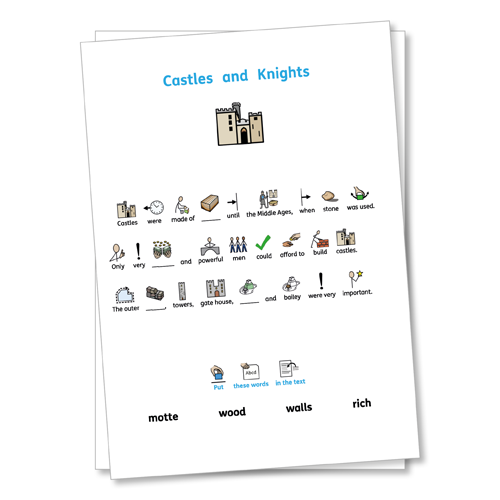
Support Literacy in KS1
You can create symbol-supported stories, model texts, worksheets, instructions and information sheets to support emerging literacy skills.
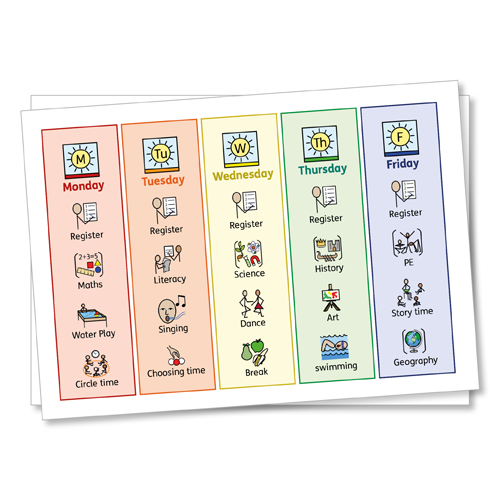
Foster Independence
By using symbols across a whole range of templates you can increase access to text allowing children to be more independent.
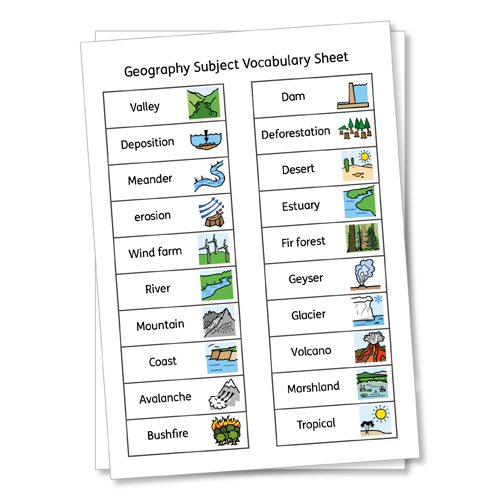
Extend Vocabulary in KS2
By creating vocabulary flashcards and sheets, you can help extend vocabulary and support independent writing and topic work.

Support EAL
You can create Dual language resources to support EAL pupils learn English, be more independent and feel more confident in their environment.
Resources created by the Widgit community
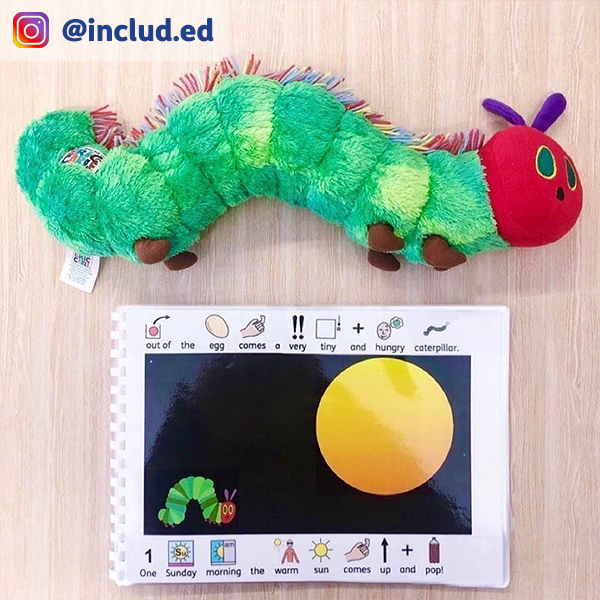
Comprehension of Text
Using symbols with words assists children with their comprehension of the story and supports the learner with their reading skills.
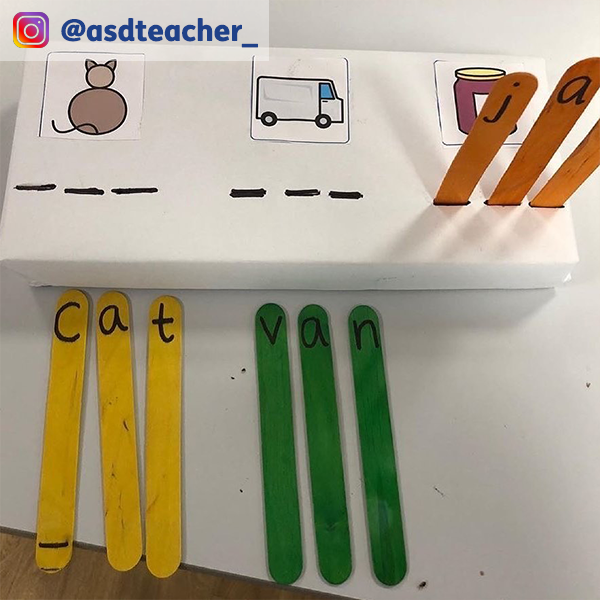
Phonics
Using symbols to support phonics activities in the classroom is a great way to ensure learners can identify the correct phonemes in the activity.

Writing Skills
"We’ve been using Widgit Software with some great success for our less proficient writers; it’s really helps to reduce cognitive overload, encouraging children to focus on basic writing skills, over idea-generation. The progress has been remarkable."
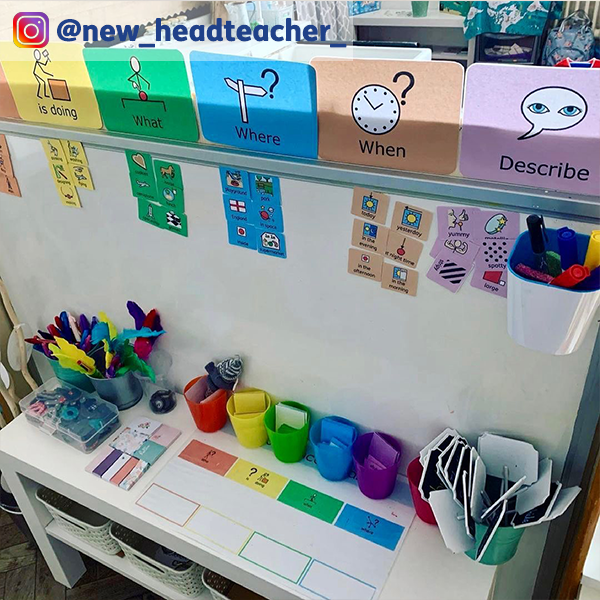
Sentence Building
Using symbol cards within a colourful semantics program supports the learner with writing and sentence building

Signage and Labelling
Symbolised signage and labelling throughout the classroom creates an environment where learners feel safe and secure and can access tasks independently

Visual Timetables
Using a symbolised visual timetable can support learners to feel secure, understand routines and expectations. This one uses a Dyslexia friendly font too!

Hierarchical Diagrams
Support the identification of categories and sub categories within a topic by using symbolised name cards (there is even a Widgit Online template to help you do this)!
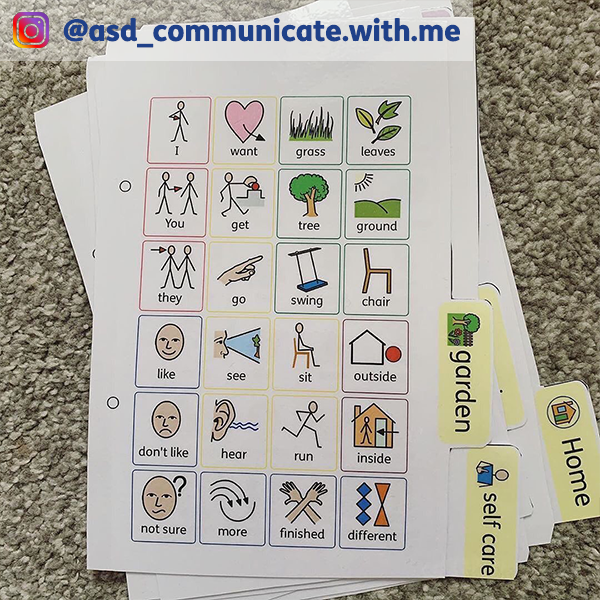
Symbolised Dictionaries
Symbolised communication books can be used to support EAL learners get to grips with new vocabulary. With the Dual language add on, these can be made with both English and the learner’s home language.
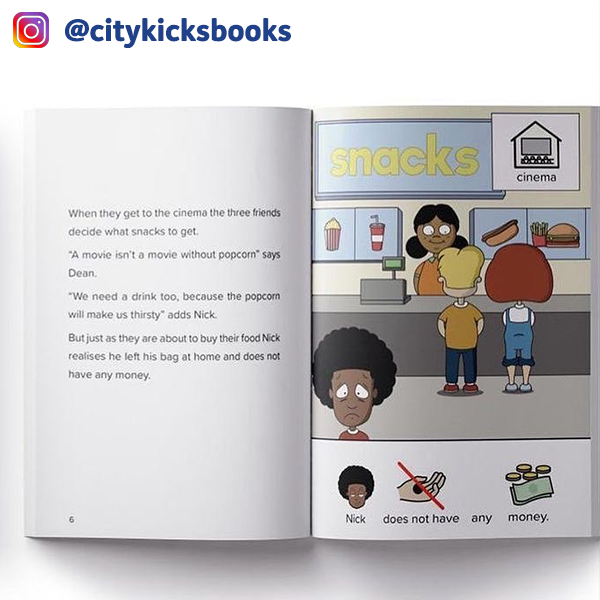
Supporting Text
These multi-level, symbol supported stories are perfect to get a whole class engaged in a single story.
Try Widgit Online free for 30 days

Create visual, communication and learning supports in your web browser using over 20,000 Widgit Symbols, access to over 2 million child-friendly, high quality stock images and 100s of easy-to-use templates.
- Save time, easy to create, edit, re-use - Quickly create and update editable materials with symbols.
- Use 100s of templates - Save time and use general pre-formatted templates.
- Personalised - Use your own photographs or web images to meet an individual child’s specific needs.
- Inclusive - Change skin tones to support more inclusive representation.
- Use online or as printed resources - Use on iPad or other devices or as printed materials.
- Support EAL and MFL teaching - Choose to translate from more than 80 languages.
You can create your free 30-day Class/Teacher account using the code below:
Code: PRIMARY06
Using Widgit Online to support visual learning - free webinars
Join one of our KS1/KS2 staff webinars to find out how to use Widgit Online to:
- Develop literacy, language and communication skills
- Improve attention and listening skills
- Create a sense of security and independence
- Support the literacy, language and communication skills of children with EAL.
| Date | Time | Audience | |
|---|---|---|---|
| Tuesday 15th April | 15:45 - 16:45 (BST) | All | Book your place |
| Thursday 17th April | 10:00 - 11:00 (BST) | All | Book your place |
| Thursday 17th April | 15:45 - 16:45 (BST) | All | Book your place |
| Monday 28th April | 10:00 - 11:00 (BST) | All | Book your place |
| Tuesday 29th April | 10:00 - 11:00 (BST) | All | Book your place |
| Thursday 1st May | 11:00 - 12:00 (BST) | All | Book your place |
| Tuesday 6th May | 10:00 - 11:00 (BST) | All | Book your place |
| Tuesday 6th May | 15:45 - 16:45 (BST) | All | Book your place |
| Tuesday 13th May | 10:00 - 11:00 (BST) | All | Book your place |
| Tuesday 13th May | 11:00 - 12:00 (BST) | All | Book your place |
| Thursday 15th May | 10:00 - 11:00 (BST) | All | Book your place |
| Tuesday 20th May | 10:00 - 11:00 (BST) | All | Book your place |
| Thursday 22nd May | 11:00 - 12:00 (BST) | All | Book your place |
| Monday 26th May | 11:00 - 12:00 (BST) | All | Book your place |
| Tuesday 27th May | 10:00 - 11:00 (BST) | All | Book your place |
| Tuesday 27th May | 15:45 - 16:45 (BST) | All | Book your place |
| Tuesday 3rd June | 10:00 - 11:00 (BST) | All | Book your place |
| Thursday 5th June | 10:00 - 11:00 (BST) | All | Book your place |
What staff and students are saying...
"Many children learn better when they have pictures to help them. Lots of children are visual learners which means they learn by seeing things rather than listening."
Louise Wood, Weddington Primary
"With students who have not yet developed reading or speech skills, the symbols give opportunities for early independence - children can find where things belong or show what they want or need."
R Paul, Reception Teacher
"It's useful to have the picture there to remind me what I need to do.When there is lots of writing instead, I get muddled up."
Will, Year 5, Charles Dickens Primary School
"It's so hard sometimes to explain certain concepts in simple terms - using the symbols really helps that and more often than not, it they actually provoke discussion and children can begin to explain them themselves!"
D Windle, Deputy Head Teacher & Year 5 Teacher
"I also use Widgit symbols when making worksheets especially for PSHE lessons for example "What makes a good friend?" as the children can read the pictures and understand what I want them to draw."
Lorna Maloney, Reception Class Teacher, Bawnmore Community Infant School
"I like to see what lesson is next."
Paul Young, Year 3
"Being able to input your own images to support the children further is a real positive of Widgit and the fact it is so easy to use with a variety of templates to adapt for everyday use."
Frances Palmer, Assistant Headteacher Rokeby Primary School
"The symbols provided clear motivation and helped with understanding the vocabulary and meanings of terms."
Pauline Winter, Clapham Terrace Primary
Report on Visual Learning:
The impact of symbol-supported vocabulary teaching

Extending vocabulary is a key building block in helping children develop their literacy, language and communication skills.
Rose Brooks, Advisory Teacher for Communication and Interaction from Babcock LDP, recently led a project in Devon primary schools to evaluate whether using symbolised aids helped to improve children’s levels of vocabulary and hence improve literacy attainment.
How to keep updated
To ensure you and your colleagues receive important updates about Widgit , including access to free resources, please register to receive our email journal here.
